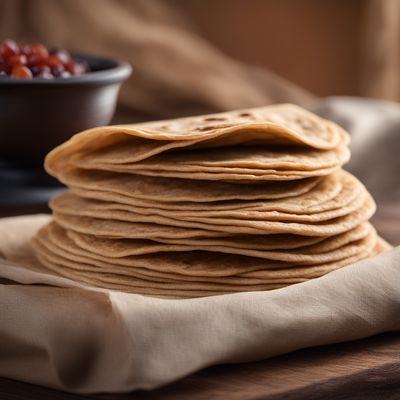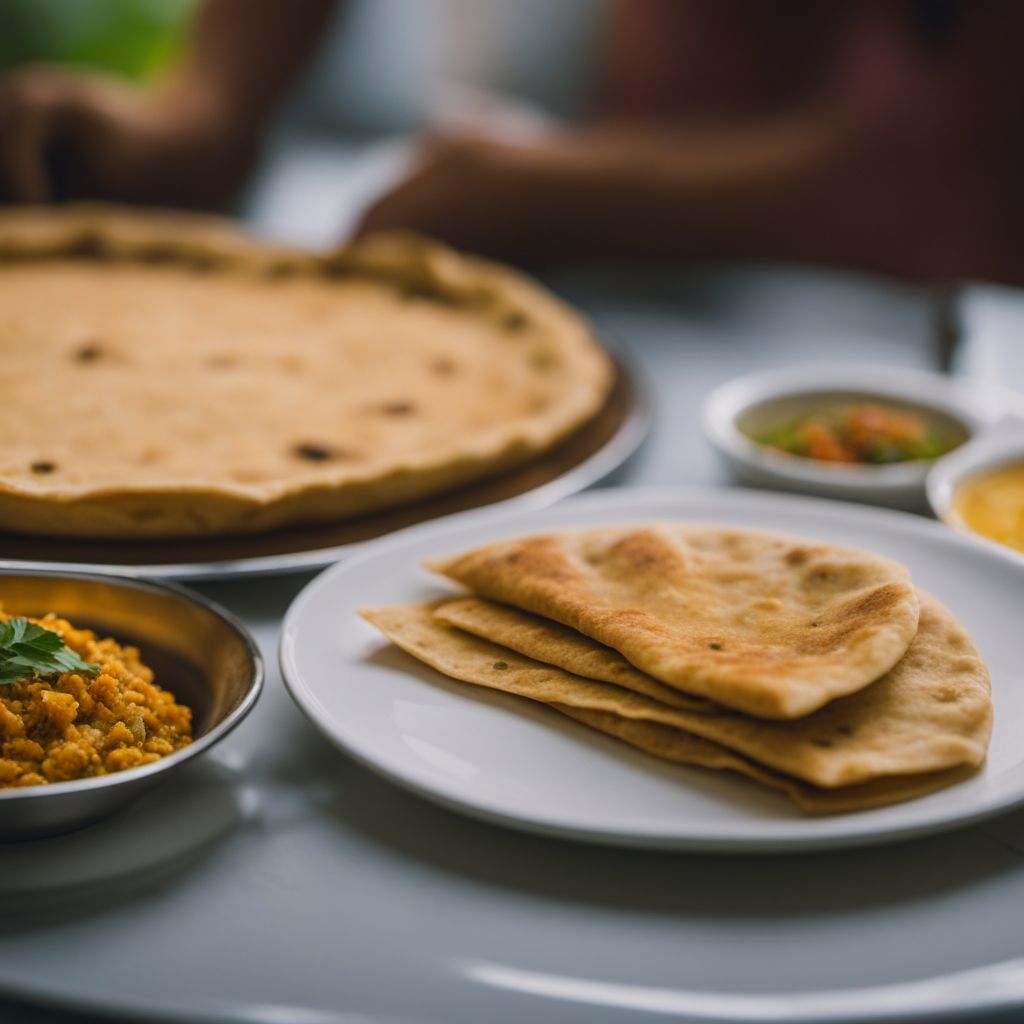
Dish
Roti
Roti is made by mixing whole wheat flour and water to form a dough, which is then rolled out into thin circles. The dough is then cooked on a hot griddle or tawa until it is lightly browned and puffy. Roti can be served plain or with a variety of toppings, such as ghee or butter.
Origins and history
Roti has been a staple of Indian cuisine for centuries, and is believed to have originated in the Punjab region of India. It was traditionally eaten as a simple, filling meal by farmers and laborers, and was often served with a side of dal or other lentil dishes. Today, roti is enjoyed throughout India and is often served in restaurants and at home.
Dietary considerations
Roti is suitable for those who follow a vegetarian or vegan diet, but may not be suitable for those with gluten allergies or sensitivities.
Variations
There are many variations of roti, with different regions and families having their own unique recipes. Some variations include adding spices or herbs to the dough, or using different types of flour such as chickpea or rice flour.
Presentation and garnishing
Roti can be presented in a variety of ways, depending on the occasion and setting. It can be served on a plate with the toppings arranged neatly around it, or wrapped in foil or paper for a portable meal. It can also be garnished with fresh herbs or a sprinkle of spices for added flavor.
Tips & Tricks
To make the perfect roti, be sure to use high-quality whole wheat flour and fresh water. Knead the dough well to ensure a smooth and pliable texture, and be sure to cook the roti on a hot griddle or tawa for the best results. Experiment with different spices and herbs to find your perfect recipe.
Side-dishes
Roti can be served with a variety of side dishes, such as dal, chutney, or raita. It can also be used as a wrap for sandwiches or other fillings.
Drink pairings
Roti pairs well with a variety of drinks, including lassi, chai, or a cold beer.
Delicious Roti recipes
More dishes from this category... Browse all »

Abud
Arab cuisine

Aish baladi
Egyptian cuisine
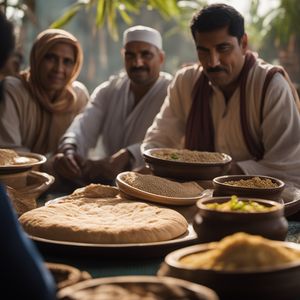
Aish merahrah
Egyptian cuisine

Ajwain paratha
Indian cuisine
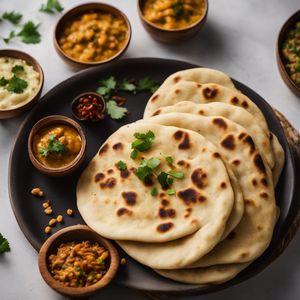
Aloo naan
Indian cuisine

Amdo balep
Tibetan cuisine

Amritsari kulcha
Indian cuisine

Anda paratha
Indian cuisine
More cuisines from this region...
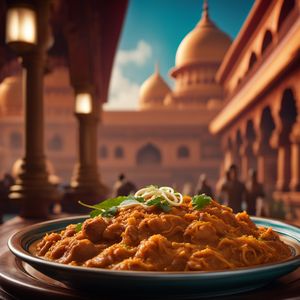
East Indian cuisine
Spicy and tangy flavors, Uses a lot of herbs and spices (mustard seeds, cumin, coriander), Uses a lot of fish and seafood which give it a unique flavor

North East Indian cuisine
Spicy, Tangy, Flavorful, Unique
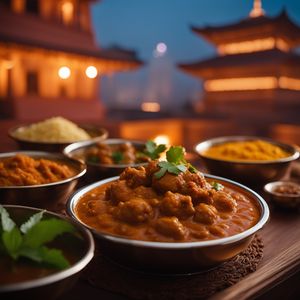
North Indian cuisine
Spicy, Tangy, Aromatic, Sweet, Uses a lot of oil and ghee
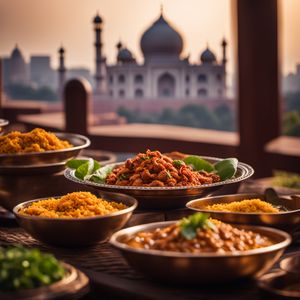
Other Indian cuisine
Spicy, Tangy, Sweet, Sour, Pungent
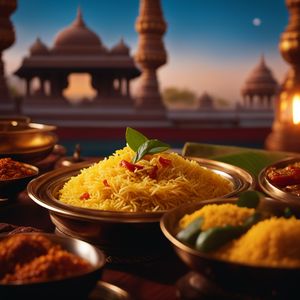
South Indian cuisine
Spicy, Tangy, Sweet, Savory, Aromatic

West Indian cuisine
Spicy, Bold, Tangy, Sweet, Savory

